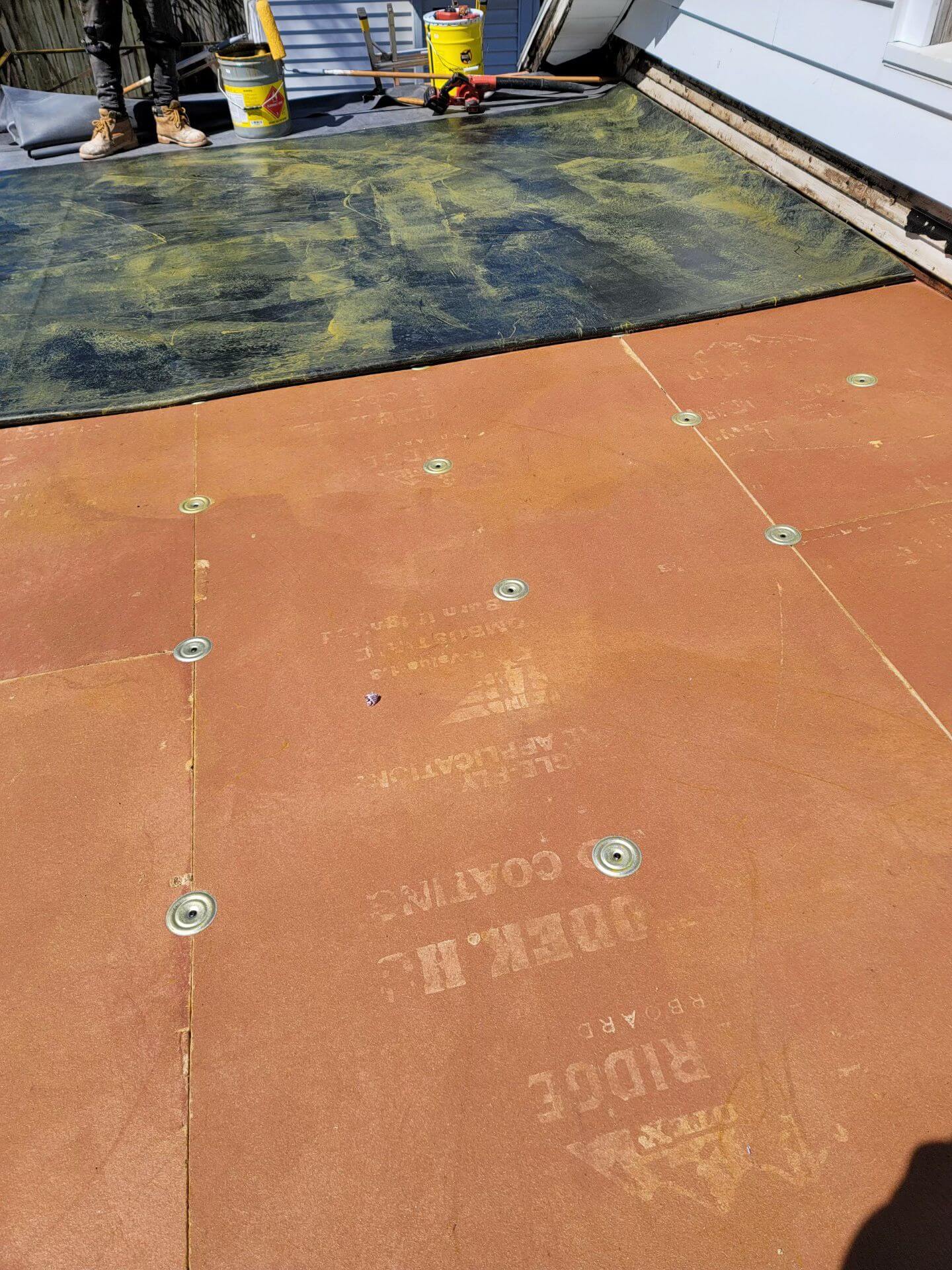
Rubber Roof Service
Rubber roofing, also known as rubber roofing or EPDM (Ethylene Propylene Diene Monomer), is a popular and durable option for roof waterproofing, especially on commercial and industrial buildings.
Rubber Roof (EPDM) Durability and Resistance
The rubber roof, manufactured from EPDM (Ethylene Propylene Diene Monomer), is known for its exceptional durability and strength. This material offers a long lifespan, with impressive resistance to inclement weather, UV rays and extreme temperatures. It is ideal for both flat and pitched roofs, and is especially popular in commercial and industrial applications.
Advantages of Rubber Roof
Long Lifespan: EPDM can last up to 50 years with proper maintenance.
Climate Resistance: Withstands extreme temperature changes and is resistant to UV rays.
Effective Waterproofing: Provides a solid barrier against water, preventing leaks and structural damage.
Flexibility: Its flexibility allows it to adapt to different shapes and movements of the building without cracking.
Easy Maintenance: Little maintenance is required and it is easy to repair in case of damage.
Environmentally Friendly: It is recyclable and has a low carbon footprint compared to other roofing materials.
Cost-Effectiveness: Although the initial investment may be higher than with other materials, the low maintenance costs and long life make it an economical long-term option.

Rubber Roof Applications
Commercial Buildings:
Ideal for large surfaces, such as warehouses and shopping centers.
Industrial Facilities:
Offers robust protection in industrial environments where roofs are susceptible to extreme conditions.
Residential Properties:
It is common in single-family homes due to its durability and energy efficiency.
Renovations and New Construction:
It is perfect for both existing roof renovation projects and new construction.
Installation process
1 - Surface Preparation:
The roof surface is cleaned and leveled.
2 - Adhesive Application:
A special adhesive is applied to ensure the adhesion of the EPDM.
3 - Placement of the Membrane:
The rubber membrane is placed, deployed and adjusted to cover the entire surface.
4 - Sealing of Joints and Edges:
The joints and edges are sealed to ensure waterproofing.
Maintenance and repairs
Maintenance on a rubber roof is minimal, but it is important to perform regular inspections to detect possible damage or wear. Should problems occur, repairs are generally simple and inexpensive, as most damage can be repaired with EPDM patches and special adhesive.
